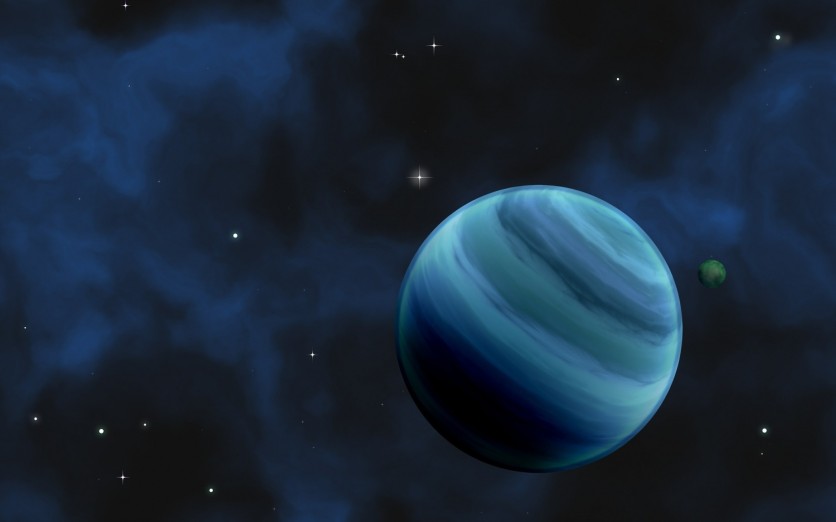NASA scientists are expanding their search for signs of intelligent extraterrestrial life beyond traditional methods. While the focus has long been on non-technological life, the consideration for "technosignatures" has gained traction.
These signatures could include laser or radio pulses, artificial chemicals in exoplanet atmospheres, or even megastructures like Dyson spheres.
The field of technosignatures is evolving from its initial skepticism, with scientists emphasizing the importance of legitimate research and distancing themselves from pseudo-science.

The Search of NASA for Technosignatures
"Our first confirmed proof of life beyond Earth might not involve biology at all. It's possible that we might intercept communication through electromagnetic waves, like radio, or find telescopic evidence of epic engineering," said Pat Brennan from NASA's Exoplanet Exploration Program.
Jill Tarter, co-founder of the Center for SETI Research, recognized the challenge of moving beyond radio signals in the search for technological signs.
The goal is to examine the entire sky across all wavelengths, including potential laser communication signals. The hunt for short-lived "transient" signals poses another obstacle, as distinguishing artificial signals from natural phenomena requires extensive computational resources.
Artificial intelligence (AI) offers promise in sifting through vast amounts of data for patterns that may indicate an engineered signal. AI searches could reduce human biases and broaden the scope of the investigation.
Ravi Kopparapu, a researcher at NASA's Goddard Space Flight Center, suggested exploring unconventional technosignatures such as nitrogen dioxide pollution, chlorofluorocarbons (CFCs), and artificial light as potential indicators of advanced civilizations.
The detection of pollution or chemicals like CFCs in exoplanet atmospheres may also provide valuable insights. Additionally, capturing the glimmer of "city lights" on the night side of distant rocky planets could indicate the presence of advanced technology.
One intriguing possibility is the detection of Dyson spheres, hypothetical megastructures that harness a star's energy, resulting in excess infrared radiation.
Read Also : Mystery Unveiled: Massive Granite Deposits on the Moon May Give Clues to Ancient Lunar Volcanoes
Catalog of Technosignature Investigations
Researchers like Nick Siegler, chief technologist for NASA's Exoplanet Exploration Program, are compiling a catalog of over 40 technosignature investigations.
These efforts range from radio signals to unique approaches like searching for unusual gamma-ray emissions or light signatures of large artificial structures transiting their stars.
Technosignatures are seen as an integral part of NASA's broader search for life beyond Earth, with an emphasis on both advanced and biological life.
NASA's involvement in technosignature research gained momentum with workshops and increased funding opportunities. The goal is to establish technosignatures as a legitimate scientific field and secure resources for its growth.
The search for technosignatures is an exciting endeavor, as scientists believe they have a real chance of finding evidence of intelligent extraterrestrial life. As NASA continues its commitment to the search for life beyond Earth, technosignatures offer a unique avenue for exploration and discovery.
The quest to find intelligent signs of life transcends traditional boundaries and opens new possibilities for understanding our place in the universe.
Related Article : [LOOK] NASA Features Dazzling Fourth of July Fireworks Amidst Supermoon

ⓒ 2025 TECHTIMES.com All rights reserved. Do not reproduce without permission.




